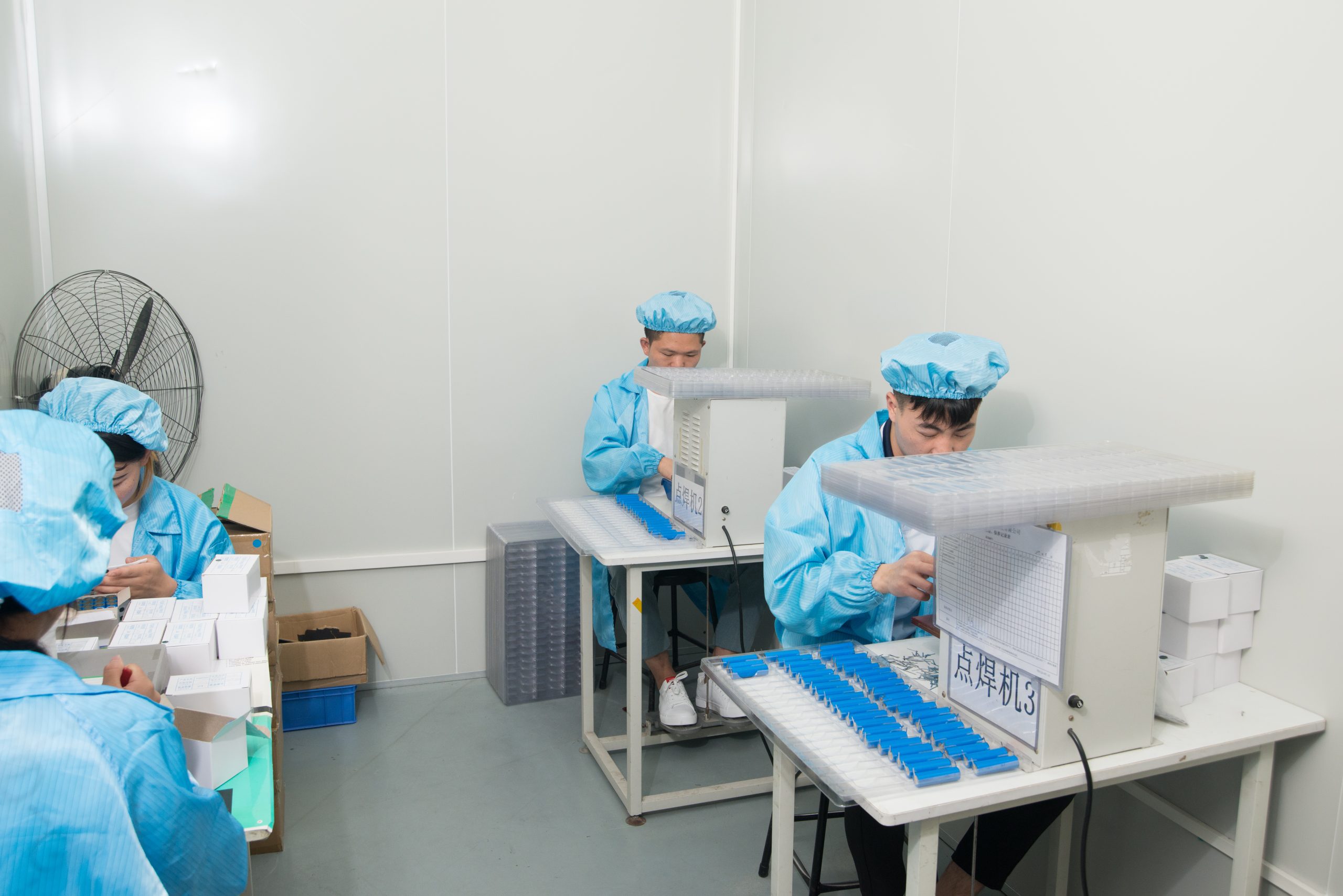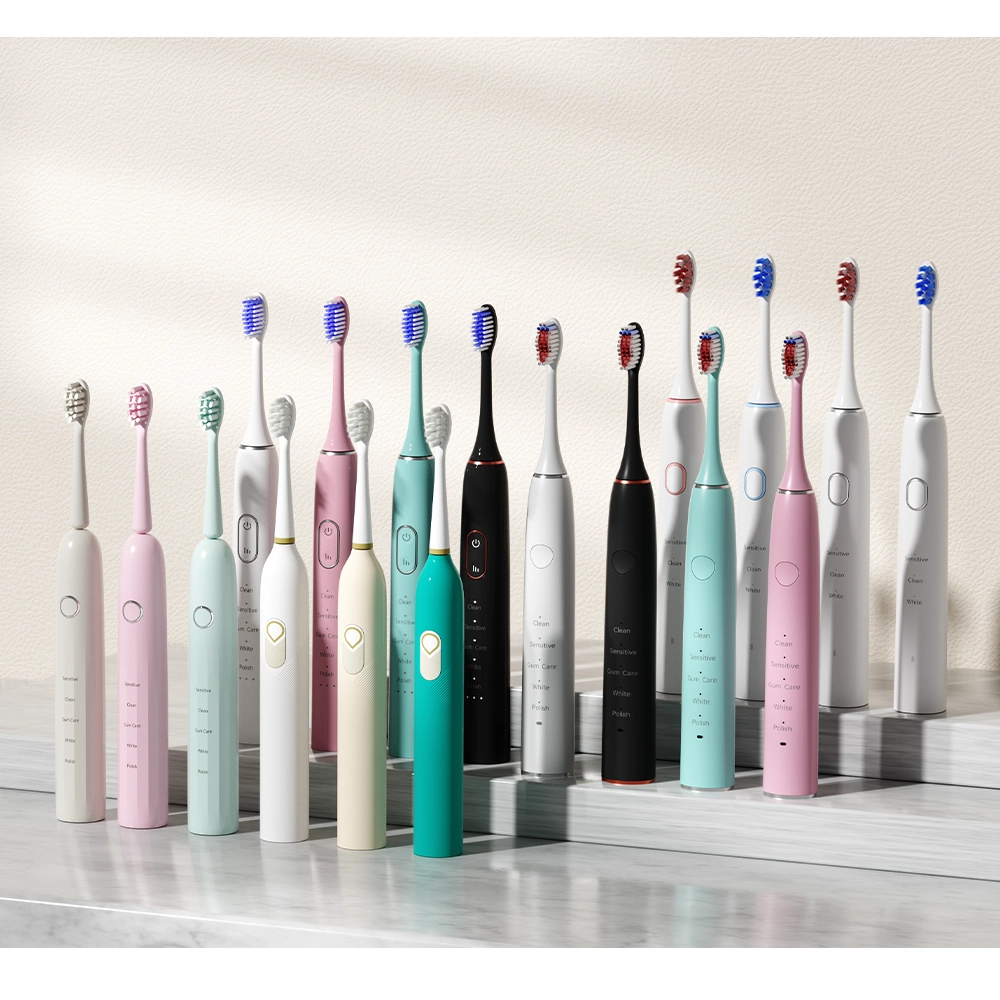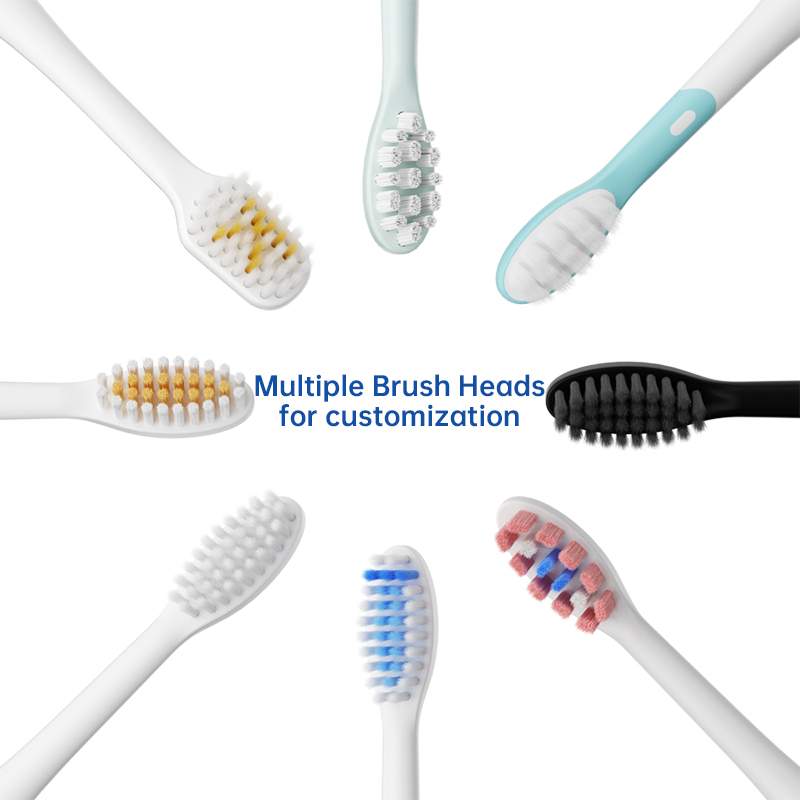In Seattle, environmental consciousness is a priority. As a city that embraces green initiatives, residents are keen to reduce waste and promote sustainability. Electric toothbrush recycling plays a vital role in this effort. By understanding how recycling works in Seattle, businesses can align with local values and meet consumer demand for eco-friendly products. The goal is clear: integrate sustainability into every product lifecycle.
The circular economy aims to minimize waste and maximize reuse. It is all about shifting from a “take-make-dispose” model to one where products are reused, refurbished, and recycled. In Seattle, this mindset is deeply ingrained. For electric toothbrushes, it means focusing on designs that can be easily recycled at the end of their useful life. As a result, manufacturers are rethinking the way they create products, ensuring that each part can eventually be repurposed.
Company web:http://powsmart.com
Recycling electric toothbrushes involves several key steps:
Collection: Consumers can drop off used toothbrushes at designated recycling centers or take part in specific return programs.
Disassembly: Components such as plastic handles, motors, and bristles are carefully separated.
Sorting Materials: Once disassembled, materials like plastics, metals, and electronics are sorted for recycling.
Re-manufacturing: The recycled materials are then used to create new products, reducing reliance on raw materials.
This process ensures that toothbrushes do not end up in landfills, which is crucial for sustainability.
Seattle boasts a comprehensive recycling system, with many residents eager to participate. However, for this process to work effectively, businesses must provide clear and convenient options. Offering recycling programs, such as easy drop-off locations or prepaid return options, makes it simpler for consumers to recycle their electric toothbrushes. In doing so, brands not only support the environment but also build customer trust.
Moreover, as Seattle’s population grows, the demand for sustainable products will only increase. Meeting this demand with proactive recycling initiatives gives companies a competitive edge.
To keep up with Seattle’s demand for green products, manufacturers need to rethink their design processes. Here are some strategies to consider:
Modular Design: Design toothbrushes with removable parts like brush heads and batteries to ensure easier recycling.
Recycled Materials: Use post-consumer recycled (PCR) plastic and other sustainable materials to create your products.
Battery Disposal: Encourage consumers to recycle rechargeable batteries properly, ensuring less environmental harm.
Durability: Make toothbrushes that last longer to reduce the need for replacements, ultimately benefiting the environment.
Take-Back Programs: Establish take-back programs where customers can return used toothbrushes for recycling, simplifying the process for them.
By incorporating these design elements, businesses will not only meet consumer expectations but also contribute positively to the environment.
When looking for an OEM manufacturer, it’s important to prioritize sustainability. The right manufacturer should:
Design for Disassembly: Ensure that all parts of the toothbrush can be easily separated for recycling.
Use Sustainable Materials: Choose manufacturers that prioritize eco-friendly materials, including recyclable plastics and metals.
Be Certified: Partner with manufacturers that hold certifications for sustainability and environmental responsibility.
This ensures your brand aligns with the growing eco-conscious trends while providing high-quality products to your customers.
Looking ahead, Seattle will continue to lead the way in sustainability. As recycling efforts improve, the demand for recyclable products, including electric toothbrushes, will only increase. Consumers will expect brands to integrate circular economy practices into their products. By designing toothbrushes that are easy to recycle and partnering with eco-friendly manufacturers, businesses can meet this demand while building strong relationships with their customers.
To summarize, electric toothbrush recycling plays a crucial role in Seattle’s commitment to sustainability. By embracing circular economy principles, manufacturers can reduce waste and create products that consumers are excited to recycle. The key to success lies in partnering with responsible OEM manufacturers and designing toothbrushes that are both eco-friendly and durable. By adopting these practices, businesses can help lead the charge in creating a greener future.
.jpg)
.jpg)
Executive Diwali gift or Status symbol toothbrush — what truly impresses?

Why are the factory prices of electric toothbrushes so different?

Common Electric Toothbrush Repair Methods – OEM Manufacturing Tips

How a Gentle senior brush protects Sensitive elderly gums
Dental recommended Texas models for Texas senior toothbrush needs?
Could Your Toothbrush Be Damaging Gums?

Top Water Flosser and Toothbrush Combo in San Diego?

Is the Gujarat travel toothbrush truly a Durable travel toothbrush?
Luxury Gold Plated Electric Toothbrush Wedding Gift Surat
Electric Toothbrush Recycling Seattle
Dallas Toothbrush Sale: Factory-Direct Discounts with Global Shipping
.jpg)
How does an Eco-friendly Toothbrush fit Seattle Eco Market trends?
.jpg)
Does a Clinic strength brush qualify as an India medical toothbrush standard?

California Sensitive Teeth Relief – San Francisco Sale Live?
Quiet Electric Toothbrush Seattle Apartments
Useful Gifts for Dad Who Has Everything Electric Toothbrush | Powsmart

Electric toothbrush heads Charcoal Infused-Diamond
.jpg)
Florida Electric Toothbrush – Powsmart PTR-C8

electric toothbrush heads Charcoal Infuse-Round

Private Label Whitening Gel

electric toothbrush heads Regular Clean

Customization Teeth Whitening Gel

electric toothbrush heads Deep Clean

electric toothbrush heads Ultra Soft
whstapp
whstapp
National Toll-Free Service Hotline
+86 755 86238638